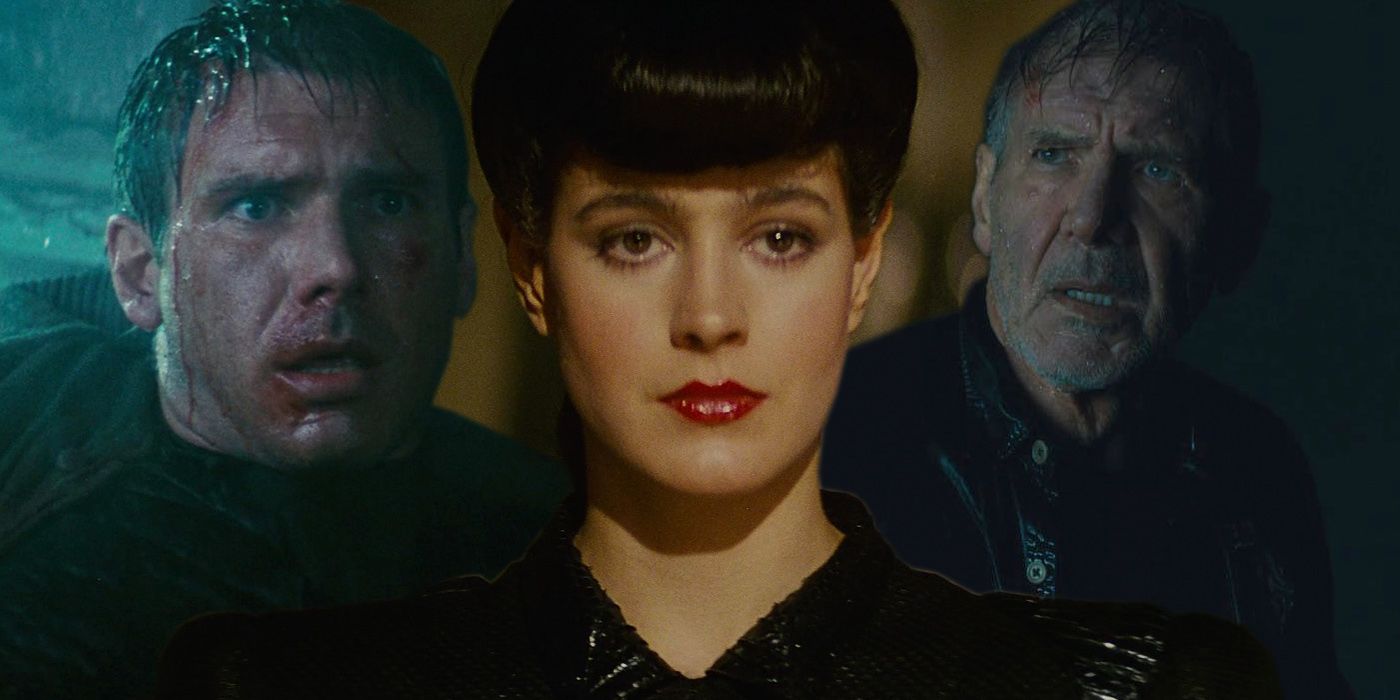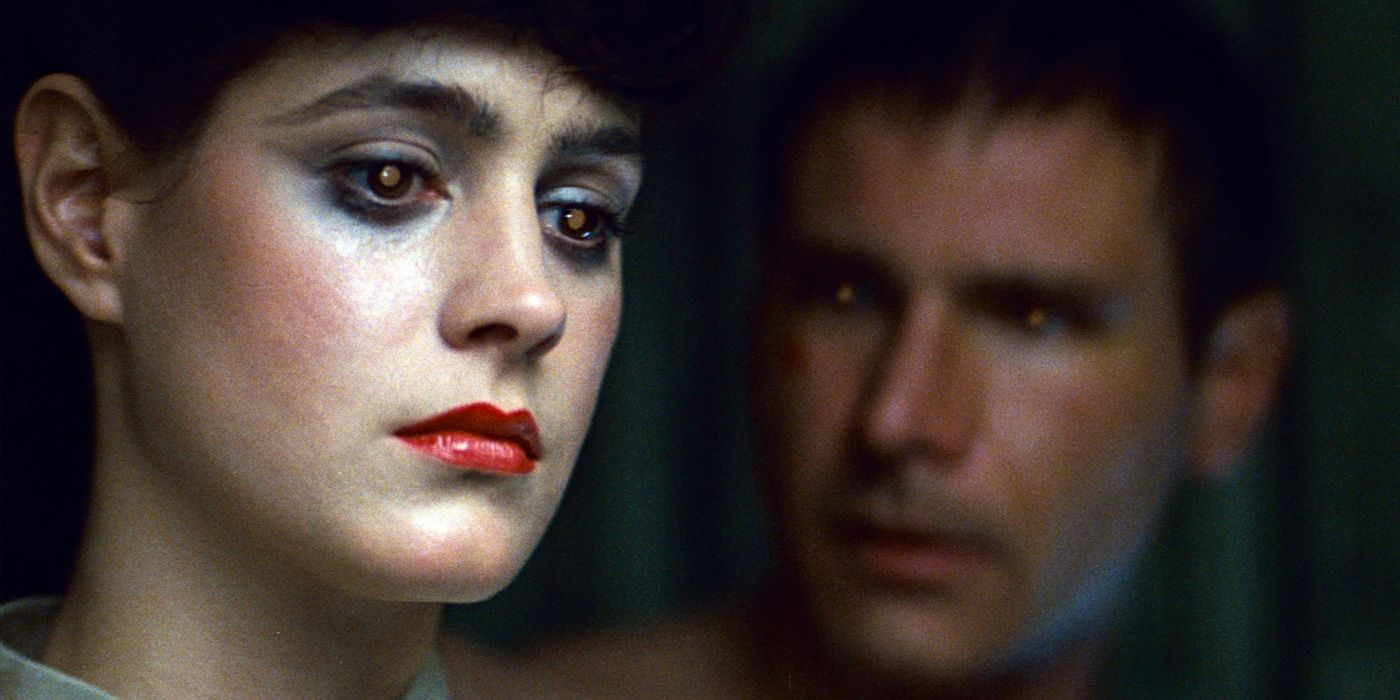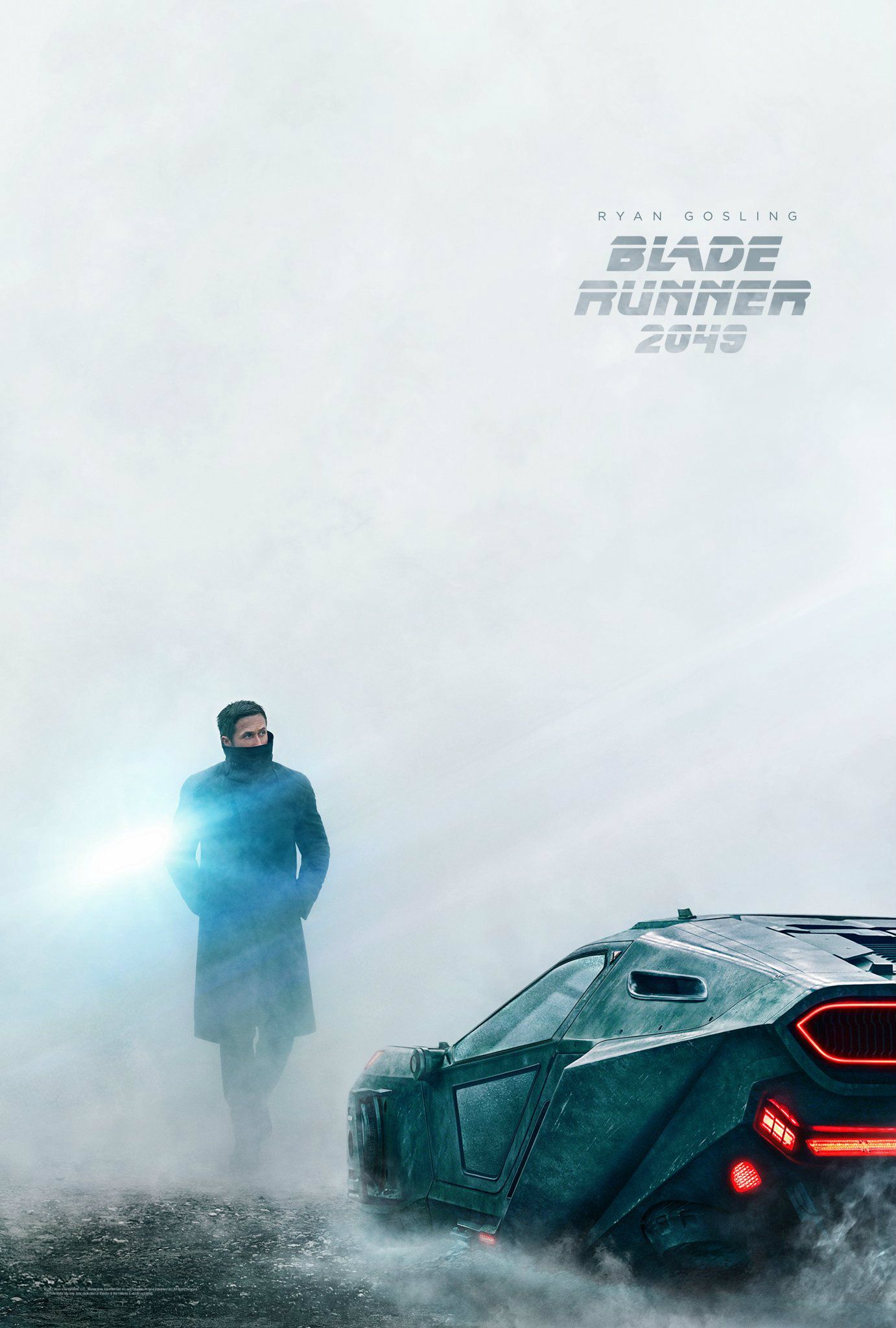The secrets of Sean Young's cameo as replicant Rachael in Blade Runner 2049 have been revealed by the film's visual effects supervisor. Young had previously portrayed the character in the 1982 original and was love interest to Harrison Ford's Rick Deckard. By the time the sequel picks up, Rachael is dead, passing away after giving birth to Deckard's daughter. Obviously, this meant Young could not portray an aging Rachael in the followup, but the creative team did find a way to include her in the proceedings.
In a scene towards the end of the film, the villainous Niander Wallace is interrogating Deckard about the whereabouts of the child, which potentially is the key for Wallace to produce a never-ending army of replicant slaves. Attempting to coax information out of Deckard, Wallace tempts the one-time blade runner with a new Rachael model that looks exactly like the one Deckard fell for 30 years ago (save for the eye color). This allowed the two stars of the first film to be reunited for a brief moment, and some digital trickery was required to pull it off.
Related: Blade Runner 2049 Writer Explains Rachael's Cameo
John Nelson, Blade Runner 2049 visual effects supervisor, spoke with EW about the short sequence, which he called the "hardest" challenge the VFX crew worked on. The process was quite similar to how ILM created the CGI Grand Moff Tarkin for last year's Rogue One. During principal photography, actress Loren Peta acted opposite Ford and Jared Leto, wearing the now-famous motion-capture dots on her face so she could later be replaced by Young's likeness. The toughest tasks for the team in post-production, according to Nelson, was realistically crafting Rachael's makeup and hair. One key detail Nelson is very proud of is the inclusion of "flyaway hairs" on the digital Rachael to make her look more human.
Though Young did not portray Rachael during the initial filming of the scene, she was very much involved. When Peta was on stage in production, Young was there as well as an advisor. She was also secretly shot in a facial motion-capture rig, where she recited Rachael's lines from 2049. This gave the visual effects artists a strong reference point when it came to make the digital double in the computer. Nelson gave much credit to the company MPC, saying they were one of the few places that were capable of achieving what director Denis Villeneuve had in mind. The end result, as seen in the finished film, is quite extraordinary, as the CGI Rachael looks extremely authentic. Between this wizardry and the mesmerizing hologram threeway sequence, Blade Runner 2049 is clearly one of the frontrunners for the Best Visual Effects Oscar this year. The blending of practical and digital is seamless, creating an immersive and expansive world for viewers to explore.
With digital de-aging and recreating actors' appearances becoming en vogue recently, there's been growing concern within the industry that soon actors will become obsolete, but Nelson doesn't share those fears. He became the latest VFX artist to stress how tough these shots are to complete, even for what amounted to a two-minute cameo for Rachael. As he said in the feature, "I think real actors are safe for a long while." There's a reason why this technique is used sparingly in films, as it's simply easier to film flesh and blood. Certain circumstances call for something else, and it's great that the technology has evolved to this point.
MORE: Blade Runner 2049's Hologram Sex Scene Explained
Source: EW



